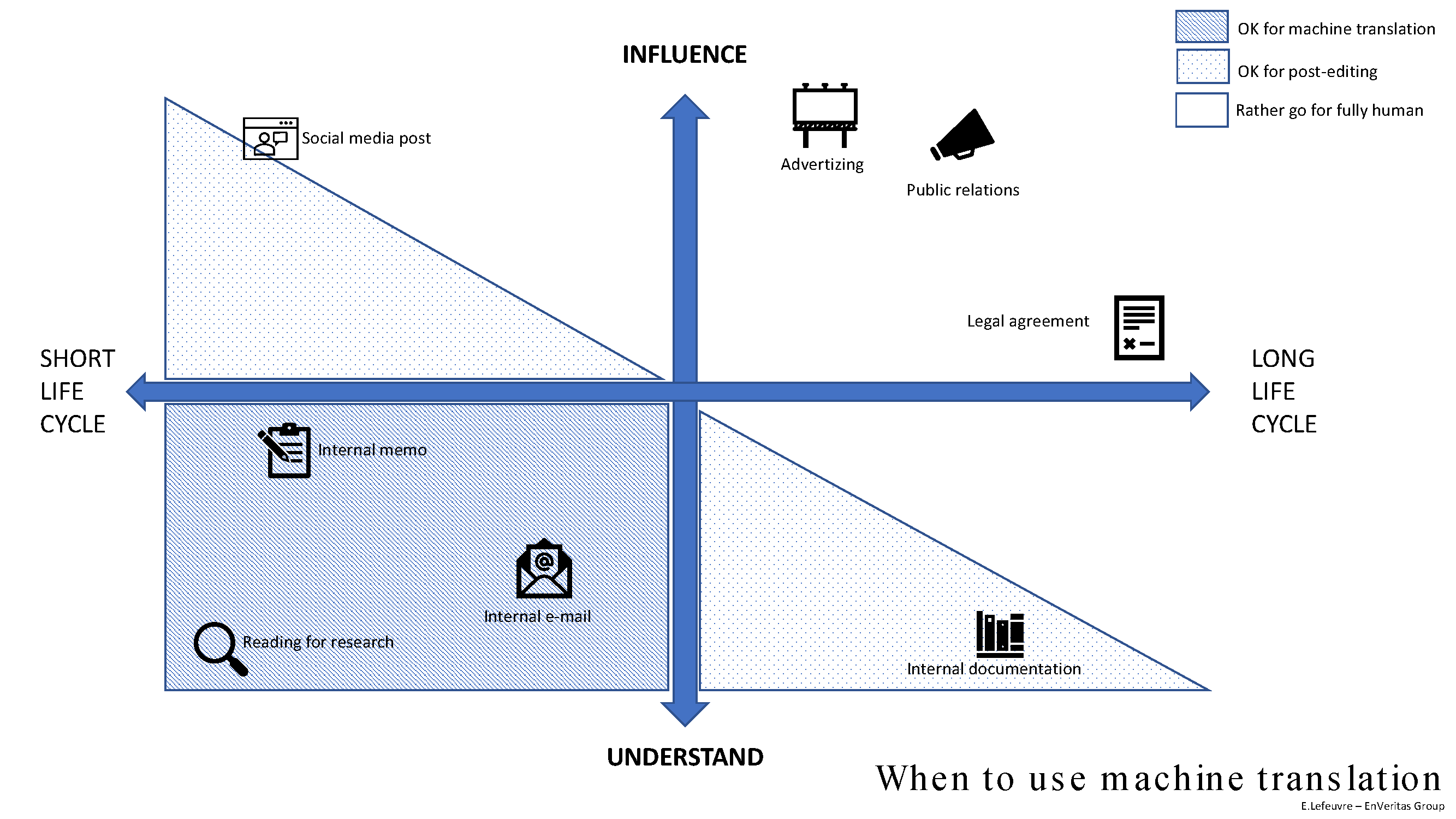From Strings to Things: Knowledge Graph Makes Semantic Web a Reality
Launched today, Google’s Knowledge Graph may be the single most significant development in the search industry since … well, Google.
Since the advent of search, the process and results have always been limited by the words the user typed into the search field and the engine’s limited ability to discern their intent. Simply put: search engines understood queries like “Bush,” “Atlas,” or even “Taj Mahal” as terms only, not as words that could have deeper or multiple meanings.
And Now, Knowledge Graph
 Billed as “the next frontier in search,” Knowledge Graph essentially taps into Google’s enormous repository of information about people, places, and things to enhance a user’s search experience by offering information (facts, images, videos) about the queried term in the right sidebar, or “graph.”
Billed as “the next frontier in search,” Knowledge Graph essentially taps into Google’s enormous repository of information about people, places, and things to enhance a user’s search experience by offering information (facts, images, videos) about the queried term in the right sidebar, or “graph.”
So, say you want to search for “Taj Mahal.” In addition to the standard search results you normally see, the Knowledge Graph will display sidebar links for the famous mausoleum in Agra, the award-winning blues musician, and even Donald Trump’s Atlantic City casino. Clicking one of these links further sharpens your query, allowing Google to drill down, or segment, the results based on what you meant.
And That’s Not All, Folks
Google’s SVP of Engineering, Amit Singhal, writes that Knowledge Graph further makes search “smarter” by attempting to “summarize relevant content around that topic, including key facts you’re likely to need for that particular thing,” like biographical information, specific achievements, building specs, and so on.
The blog goes on to state, “[Knowledge Graph] is a critical first step towards building the next generation of search, which taps into the collective intelligence of the web and understands the world a bit more like people do.” By tapping into search history and understanding how users previously queried the engine about each item, Knowledge Graph will also attempt to answer your next question before you even think of it, showing “facts [that] are informed by what other people have search for,” essentially an Amazon.com-like People also searched for…. feature.
500 Million Strong
Google’s blog reports that Knowledge Graph currently contains 3.5 billion types of information on about 500 million distinct objects, pulling and segmenting facts, figures, and relationships from public sources like Wikipedia and CIA World Factbook but “augmented at a much larger scale—because we’re focused on comprehensive breadth and depth.” And while it’s currently not clear what impact Knowledge Graph will have on established SEO efforts (read as: keywording), what is clear is that Google is once again driving home the point that they are focused on delivering high-quality content that is authoritative, trustworthy, and relevant to their users’ needs.
Mobile Ready
Google is rolling out Knowledge Graph over the next few days, and the feature will ultimately be available not only to desktop users, but also to those using tablets and smartphones.
Joseph K. Hall
VP, Content Marketing



